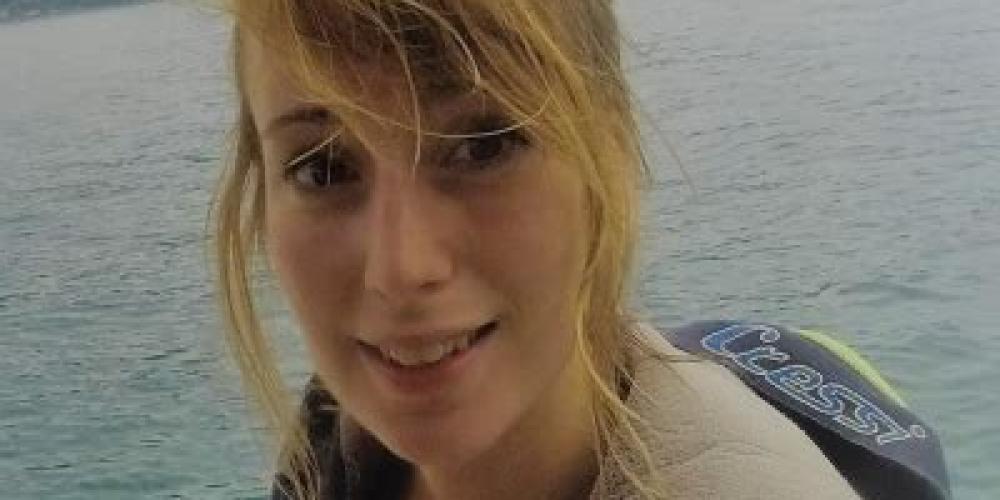
Innovative toolbox to measure metal pollution at Belgian coast
Camille Gaulier, joint-PhD from the AMGC Research Department at VUB and the University of Lille is the winner of the VLIZ North Sea Award 2020. VLIZ is the Flanders Marine Institute. The VLIZ North Sea Award is its annual prize to encourage innovative fundamental or applied research to a researcher or research group active in a country by the North Sea. The research should focus on studying the structure or functioning of the North Sea, with a special attention to the shallow coastal areas and estuaries of the Southern Bight and the English Channel.
It is the third year in a row that a VUB researcher wins the VLIZ North Sea Award, with Sebastiaan Van de Velde in 2018 (AMGC - joint supervised by Prof. Yue Gao and Prof. Filip Meysman) and Evelien Brand in 2019 (HYDR). “This is a clear demonstration of the quality of the marine research, particularly in biogeochemistry, performed at the VUB”, prof Philippe Claeys, from the AMGC research group proudly says.
Camille Gaulier, PhD student under the supervision of prof. Yue Gao, investigates new ways of monitoring metals around and at the Belgian coast. She received the VLIZ North Sea Award 2020 for her work entitled "Trace metals in estuarine and coastal waters: dynamics, speciation and bioavailability under various environmental conditions". She focused on the development and use of alternative sampling techniques, combined with advanced analytical tools. The goal of this innovative research is to better understand the biogeochemical cycle of trace metals in aquatic environments, such as in the Belgian part of the North Sea and in the Scheldt estuary. Her research contributes to the development of a toolbox to evaluate anthropogenic pressures such as trace metals on estuarine and coastal ecosystems.
Gaulier: “The Belgian coast and its surroundings is a region of great ecological, economic, touristic value. It is also a place of intense human and industrial activities and therefore an area under anthropogenic pressure for example contamination by dangerous metals. The combination of the field passive sampling of DGT and analytical techniques allowed us for the first time to measure bioavailable metal fractions in these areas. Metal speciation and distribution can be strongly affected by environmental features and gradients such as suspended particles, salinity, water oxygenation, tides, shape of the estuarine or seabed, etc, and now can be measured seasonally and annually by using these advanced techniques.”
In comparison with past research, Gaulier was able to directly sample in the seawater bioavailable metal fractions at nano-meter level which are s a portion of the dissolved metal fraction and can be directly consumed by marine microorganisms. . “The results show that the metal concentrations are not of concern now, but they also do show increasing trends compared with the results of 90’s, which is a warning to us. Very important also is the fact that her research filled a gap, as for more than 10 years, no similar research has been done in this area. The AMGC research group will hopefully be able to continue this fundamental and applied research”, her promoter Prof. Yue Gao says.
The results of her research provide valuable information for policy makers on how to deal with metal pollution under the new marine environment criteria setup in the EU Water Framework Directive. Her research was carried out in the framework of the NewSTHEPS project, funded by Belspo.
The award will be presented today, Wednesday 3 March 2021, on the occasion of the VLIZ Marine Science Day #VMSD21 (online event, information at vliz.be. The price amounts to 1,000 EUR.